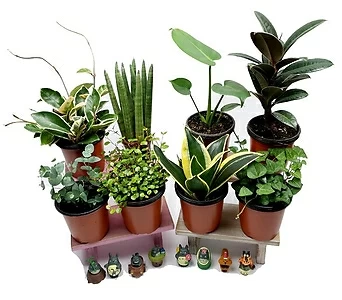Ceydaciftci, 출처Unsplash Ceydaciftci, 출처Unsplash
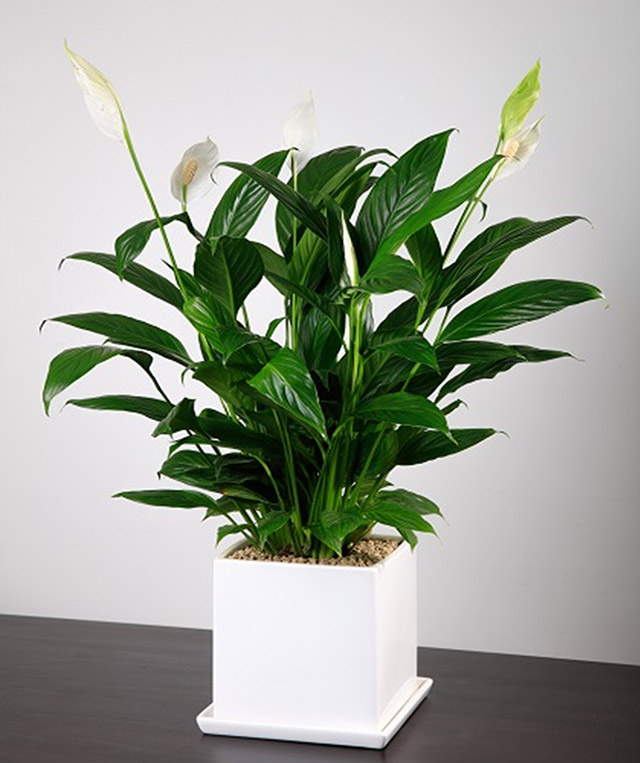
The quality of air in the house has a significant impact on our health. According to a recent study, indoor air can have up to five times higher pollutant concentrations than external air. Fortunately, air-cleaning plants can help remove harmful pollutants from the air. amazing benefits of air-cleaning plants The quality of air in the house has a significant impact on our health. According to a recent study, indoor air can have up to five times higher pollutant concentrations than external air. Fortunately, air-cleaning plants can help remove harmful pollutants from the air. amazing benefits of air-cleaning plants
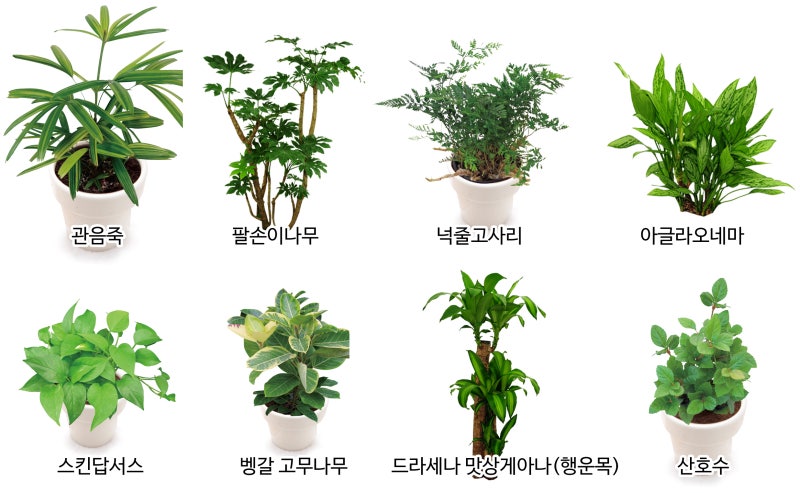
Air-cleaning plants offer a variety of benefits, including. Removal of airborne pollutants: Absorbs and removes harmful airborne pollutants such as benzene, formaldehyde, and trichloroethylene. Oxygen supply: The photosynthesis process releases oxygen and improves indoor air quality. Humidity control: It evaporates moisture from leaves and helps humidify indoor air. Stress Reduction: Looking at green plants, we found that stress levels were lower and concentration improved. choose an excellent air-cleaning plant Air-cleaning plants offer a variety of benefits, including. Removal of airborne pollutants: Absorbs and removes harmful airborne pollutants such as benzene, formaldehyde, and trichloroethylene. Oxygen supply: The photosynthesis process releases oxygen and improves indoor air quality. Humidity control: It evaporates moisture from leaves and helps humidify indoor air. Stress Reduction: Looking at green plants, we found that stress levels were lower and concentration improved. choose an excellent air-cleaning plant
Not all plants have the same air purification effect. According to NASA research, the following plants are some of the most effective air-cleaning plants. Snake plant [Image: Snake plant] Effective target contaminants: benzene, formaldehyde, trichloroethylene management: resistant to drying and only occasional watering is sufficient. It prefers bright indirect light. Spider plant [Image: Spider plant] Effective target contaminants: Formaldehyde, xylene management: Simple and frequently water-supplied. It prefers bright indirect light. Peace Lily [Image: Peace Lily] Effective Target Pollutants: Acetone, acetaldehyde, toluene management: Requires bright indirect light and regular watering. Gold Residualization [Image: Gold Residualization] Effective Target Pollutants: Trichloroethylene, toluene, ammonia Management: Direct sunlight is required and frequently needs to be watered. Anemones [Image: Anemones] Effective target contaminants: benzene, formaldehyde, trichloroethylene management: It grows in bright indirect light or shade and can be watered occasionally. AIR CLEANING PLANT MANAGEMENT CHIP Not all plants have the same air purification effect. According to NASA research, the following plants are some of the most effective air-cleaning plants. Snake plant [Image: Snake plant] Effective target contaminants: benzene, formaldehyde, trichloroethylene management: resistant to drying and only occasional watering is sufficient. It prefers bright indirect light. Spider plant [Image: Spider plant] Effective target contaminants: Formaldehyde, xylene management: Simple and frequently water-supplied. It prefers bright indirect light. Peace Lily [Image: Peace Lily] Effective Target Pollutants: Acetone, acetaldehyde, toluene management: Requires bright indirect light and regular watering. Gold Residualization [Image: Gold Residualization] Effective Target Pollutants: Trichloroethylene, toluene, ammonia Management: Direct sunlight is required and frequently needs to be watered. Anemones [Image: Anemones] Effective target contaminants: benzene, formaldehyde, trichloroethylene management: It grows in bright indirect light or shade and can be watered occasionally. AIR CLEANING PLANT MANAGEMENT CHIP
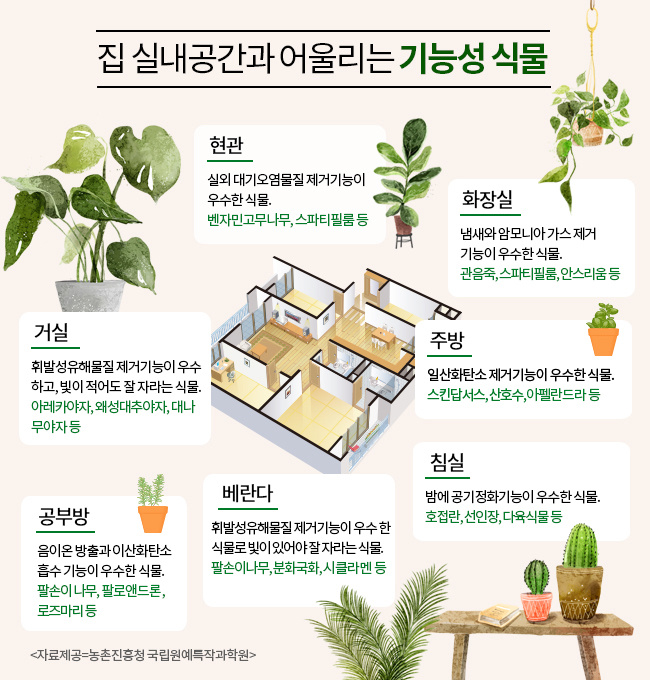
Proper management is important to maximize the effectiveness of air-cleaning plants. Here are some tips. Provide appropriate lighting: It provides bright indirect or direct sunlight depending on plant requirements. Periodically watered: We water the plants before they dry, but we don’t water them too much. Fertilizer Note: Fertilizer is applied to plants with balanced fertilizer during the growth period. Wipe the leaves: It periodically wipes off dust and debris from the leaves of plants to help photosynthesis. Check for pests: Check for pests regularly and take appropriate measures when early detection occurs. Frequently Asked Questions Proper management is important to maximize the effectiveness of air-cleaning plants. Here are some tips. Provide appropriate lighting: It provides bright indirect or direct sunlight depending on plant requirements. Periodically watered: We water the plants before they dry, but we don’t water them too much. Fertilizer Note: Fertilizer is applied to plants with balanced fertilizer during the growth period. Wipe the leaves: It periodically wipes off dust and debris from the leaves of plants to help photosynthesis. Check for pests: Check for pests regularly and take appropriate measures when early detection occurs. Frequently Asked Questions

Q. Do all plants help clean up the air? A. No, not all plants have the same air purification capability. A NASA study revealed certain plant species are more effective in air purification than others. Q. How many air-cleaning plants should I have at home? A. In order to see the air purification effect, one medium-sized plant per 10 to 12㎡ is required. Q. Do air-cleaning plants help relieve allergies? A. Some air-cleaning plants may help absorb indoor allergy-causing substances. However, allergy symptoms cannot be completely eliminated. Conclusion Q. Do all plants help clean up the air? A. No, not all plants have the same air purification capability. A NASA study revealed certain plant species are more effective in air purification than others. Q. How many air-cleaning plants should I have at home? A. In order to see the air purification effect, one medium-sized plant per 10 to 12㎡ is required. Q. Do air-cleaning plants help relieve allergies? A. Some air-cleaning plants may help absorb indoor allergy-causing substances. However, allergy symptoms cannot be completely eliminated. Conclusion

Air purification plants are an excellent way to improve indoor air quality and create a healthy home environment. Selecting the right plant and managing it properly can remove harmful pollutants such as benzene, formaldehyde, and trichloroethylene to improve health and well-being. Air purification plants are an excellent way to improve indoor air quality and create a healthy home environment. Selecting the right plant and managing it properly can remove harmful pollutants such as benzene, formaldehyde, and trichloroethylene to improve health and well-being.

Was today’s posting beneficial? Comments and empathy are a great help to the management!! :> Was today’s posting beneficial? Comments and empathy are a great help to the management!! :>

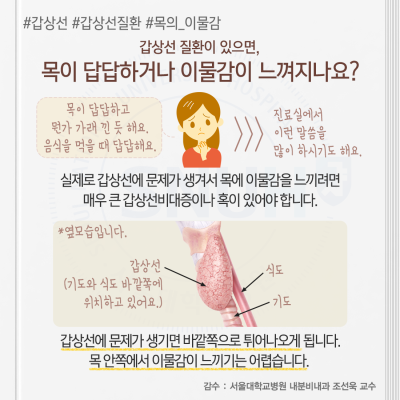
![[Incheon Yeongjongdo Cafe] Maydream, a large cafe in Yeongjongdo Island with beautiful stained glass after renovating the church [Incheon Yeongjongdo Cafe] Maydream, a large cafe in Yeongjongdo Island with beautiful stained glass after renovating the church](https://i.namu.wiki/i/U74goVwfcNgtf0Z7bZP-StRJD1jFwrC84lNMZRcSaqQiZkFOOQYmIQf8P3mVCa26jeiMCn1C967MUIVypRassw.webp)
